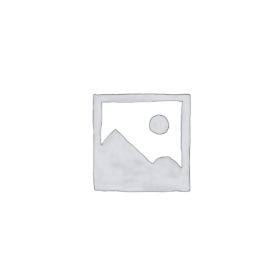- Your cart is empty
- Continue Shopping
Product
Product Description
Wright’s stain is a high-grade reagent supplied by Micromaster. Switzerland pigment is the alternative name used to denote this compound. It is available in the form of a dark green to greenish black solid which is odourless. This stain is stable if stored according to the recommended conditions. If exposed to excessive heat or in case of burning, it can generate hazardous decomposition products like carbon monoxide, carbon dioxide and fumes. It is incompatible with strong acids and strong bases.
CAS No. 68988-92-1
Quantity provided: 25 g/pack
Molecular formula: C36H27Br4N3O5S+2
Molecular weight: 933.304 g/mol
Wright’s stain is a histologic stain that facilitates the differentiation of blood cell types. It is classically a mixture of eosin (red) and methylene blue dyes. These basic and acidic dyes induce multiple colours when applied to cells. The basic component of white cells (i.e. cytoplasm) is stained by acidic dye and they are described as eosinophilic or acidophilic. The acidic components (e.g. nucleus with nucleic acid) take blue to purple shades of the basic dyes and they are called basophilic. The neutral components of the cell are stained by both the dyes. Wright’s stain is used primarily to stain peripheral blood smears, urine samples, and bone marrow aspirates which are examined under a light microscope. In cytogenetics, it is used to stain chromosomes to facilitate diagnosis of syndromes and diseases.



Reviews
There are no reviews yet.